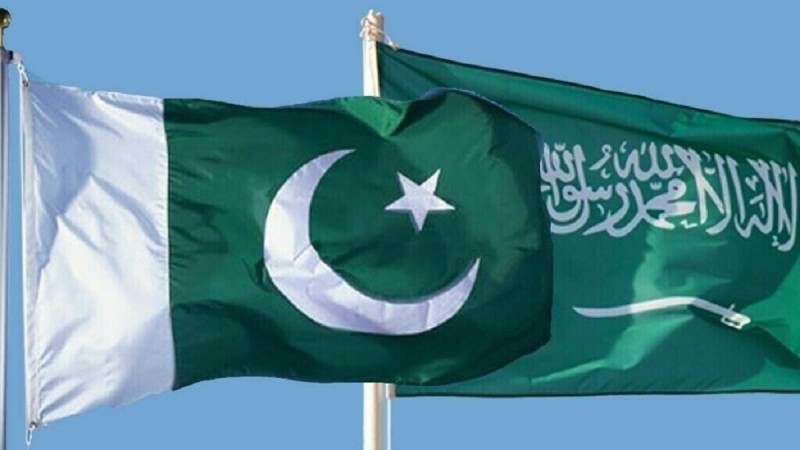
As Saudi Foreign Minister Prince Faisal bin Furhan A.F. Al Furhan Al Saud concludes his visit to Pakistan, he wraps up the seventh round of high-level talks between Saudi Arabia at least four different Pakistani prime ministers over the last six years.
Since 2019, Saudi Arabia has put anywhere between $5 billion and $25 billion on the table as investment capital that the Saudi Crown Prince and Prime Minister, Muhammad Bin Salman, has personally directed to be made available for Pakistani projects and companies.
Yet, six years later, deal flow has yet to begin.
The obvious question is: Why?
The answers are not mystical, nor anchored in any grand geopolitical bargains. The answers are pretty basic and prosaic.
It took Pakistan's military and civilian leaders four years (2019-2022) to figure out the implications of Saudi Arabia's Vision 2030. What this meant was that Saudi money was no longer available in the shape or form it used to be—as untraceable and unaccountable government-to-government grants.
The formation of the Special Investment Facilitation Council (SIFC) in 2022 was the first indication that Pakistan had finally understood this.
Saudi support for Pakistan today is available in the shape of investments. The new opportunity in the Saudi Arabia-Pakistan economic relationship was that Saudi Arabia (and more specifically, the Saudi Public Investment Fund [PIF]) would buy Pakistani assets at reasonable prices through the same process as any other PIF acquisition—with higher risk appetites and lower thresholds for due diligence.
This is the "favour" part of the opportunity. Saudi Arabia is not asking for the moon. It is simply asking Pakistan (repeatedly) for credible commercial deals.
The deal execution is being run by two, vastly differently abled people on either side.
For the Saudis, it is PIF's finance and banking people. These are people who have worked at Goldman Sachs and Merrill Lynch and are ruled by numbers.
For the Pakistanis, it is military officers and civilian bureaucrats. People who have worked on counterterrorism and as district commissioners and are ruled by hierarchy (and fear).
The likelihood of the full spectrum of $25 billion of Saudi money being invested in Pakistan is, thus, relatively low. But a small fraction of this money may, in fact, materialise over the coming weeks and months—because the terms Pakistan is offering on some minerals-related assets are mouth-wateringly attractive.
If some of these deals are actualised, it will be because of Pakistani desperation for deal flow. However, the upper ceiling on deals is the Pakistani public sector and the state's profound and multilayered lack of awareness and capability.
Irresponsible noise around these Saudi-Pakistan investment dynamics being linked to any geopolitical factor is a distraction that people like to introduce into the equation either out of spite or ignorance.
NOTE: This article originally appeared here.

